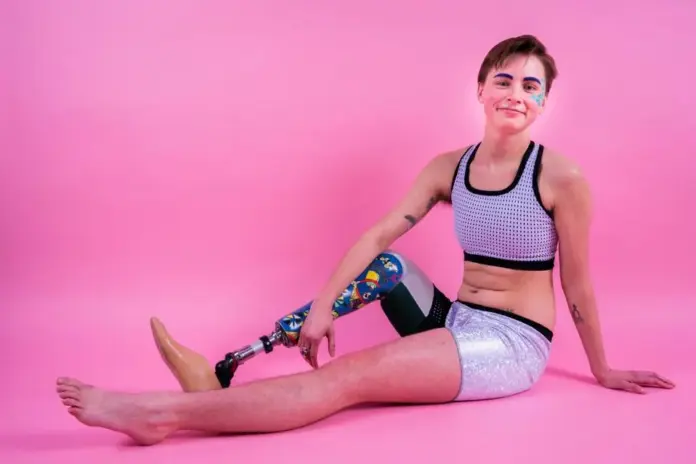Summary
“Disabled people constitute the largest minority group in the world, yet are the most underserved and underrepresented,” says Keely Cat-Wells, the founder and CEO of disabled talent agency C Talent and Zetta Studios, the first fully-accessible studio. “If one does not design for accessibility, it is as if you’re telling every fourth person that comes through your door that you don’t want their business.” From brick and mortar stores without wheelchair access to limited options on e-commerce platforms, shopping for clothes can be particularly challenging for anyone whose body falls outside the ableist, straight-sized norm. It’s a missed opportunity for profit-driven businesses; representing a quarter of adults, the disabled population has an estimated spending power of $490 billion in the United States alone. “Disabled people hold a lot of power, and it is only a matter of time until brands start to realize what they are missing out on,” says Cat-Wells.
Analysis
The article brings light to the fact of how underrepresented disabled people are in the world. This immediately made me think of the aftermath of how the injured are transported. What is life like for them after everything is all said and done? The fact that disabled people are so underrepresented in a world such as fashion makes me think about where else is this happening. are there ways we can make life easier for the injured after their accidents? During? Any chance we can be preventative before it all goes down? Regardless it made me think how it could be possible to cater to people’s injuries before and during the transport stages that not only stabilizes them but improves their conditions as well.




